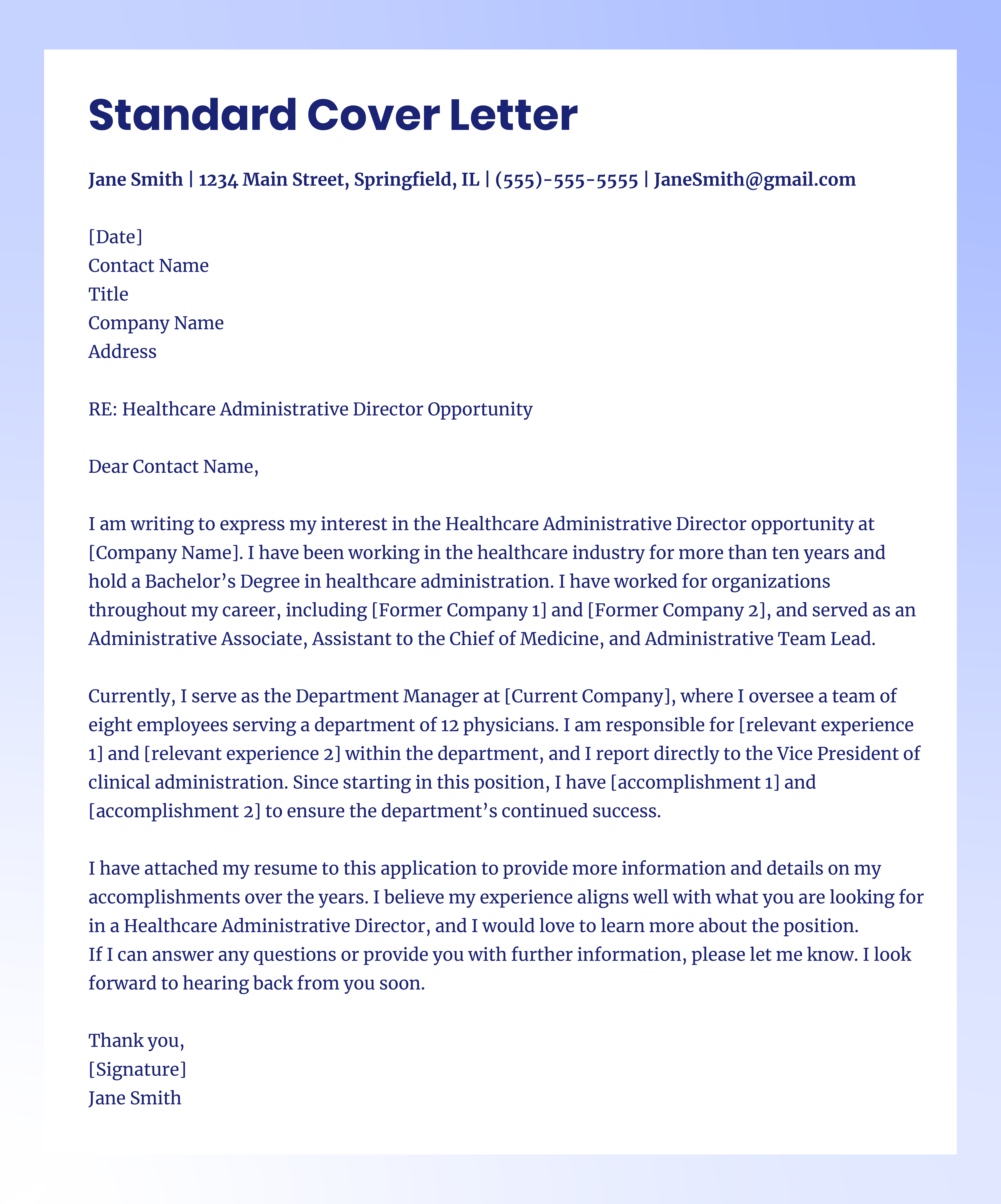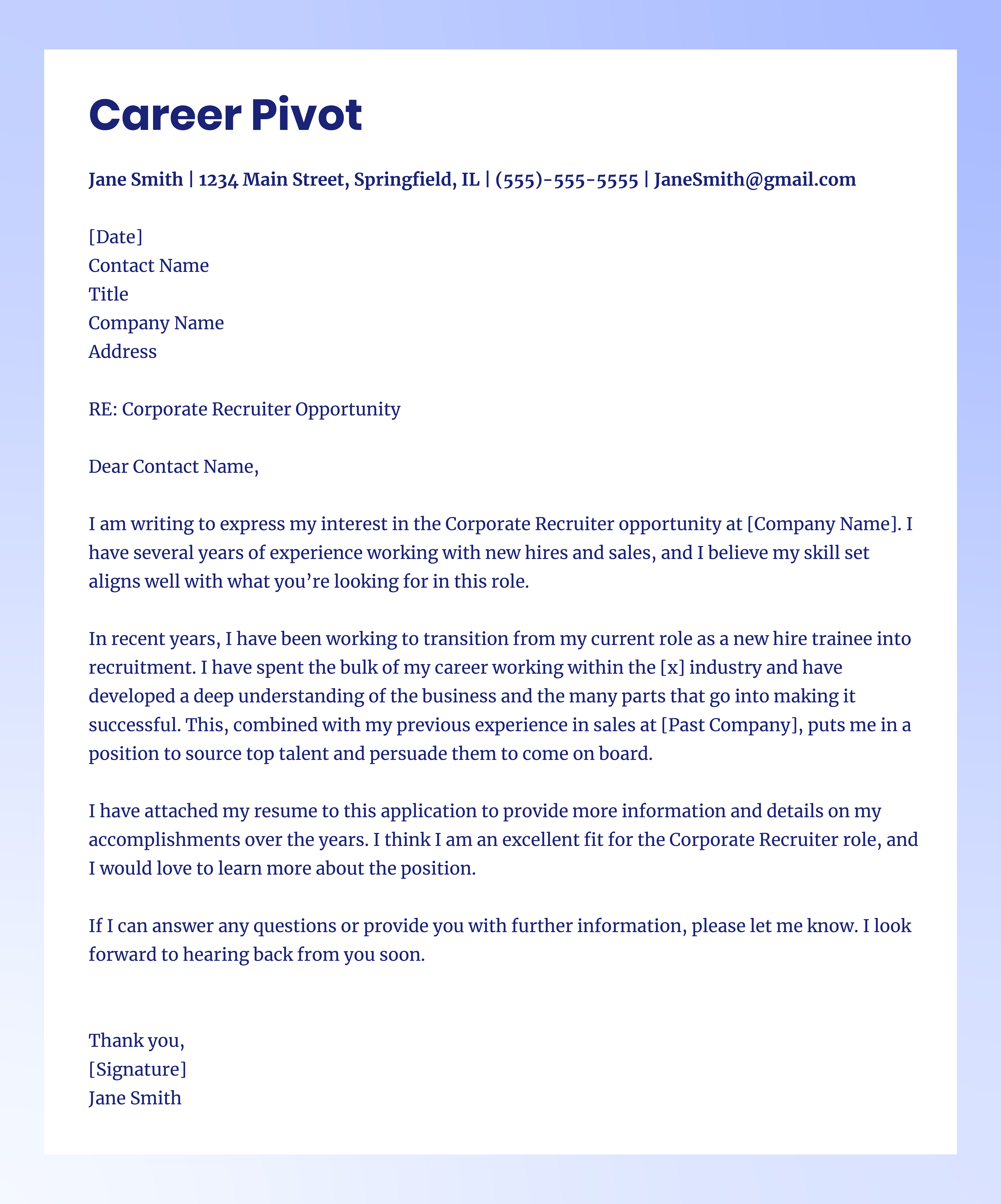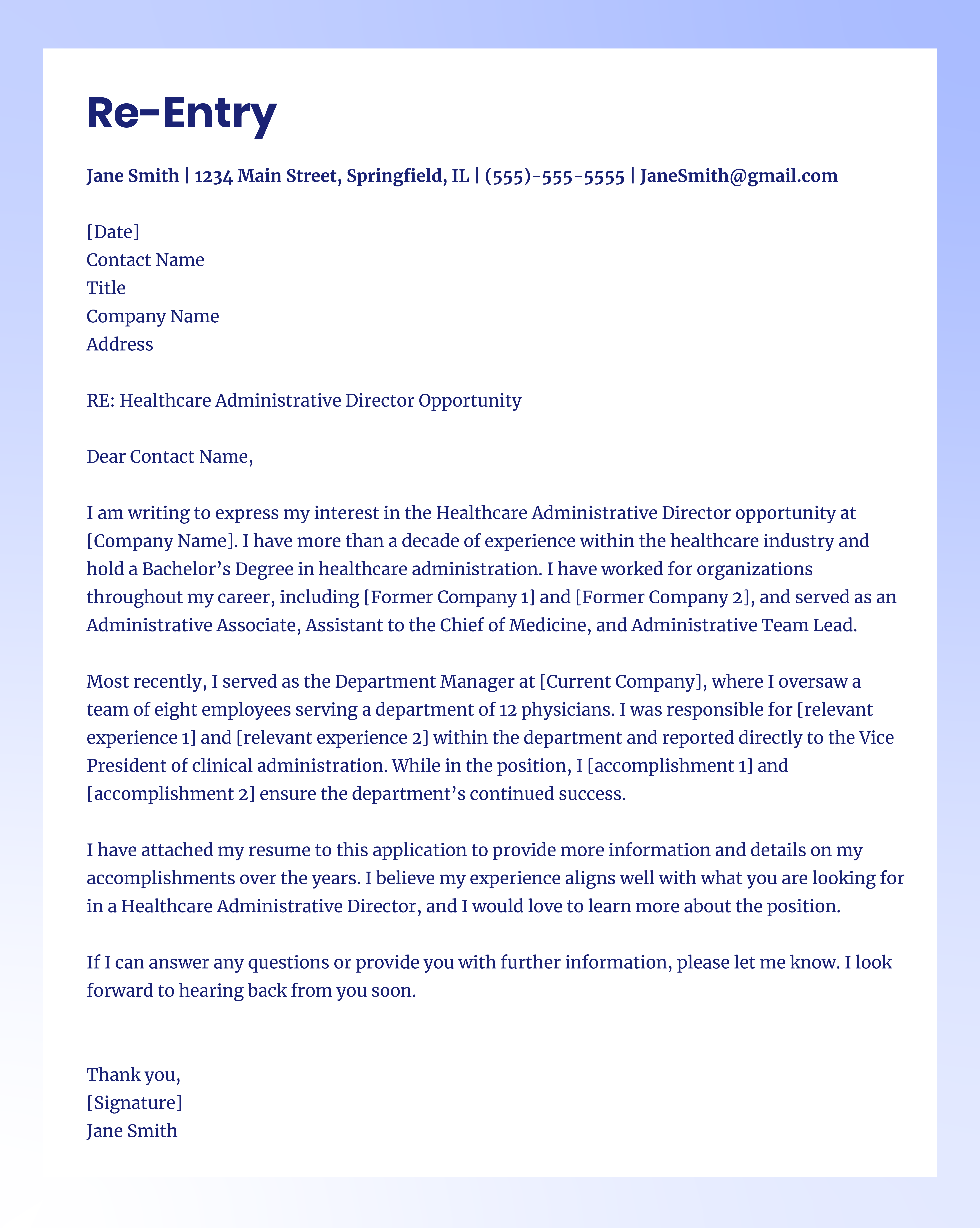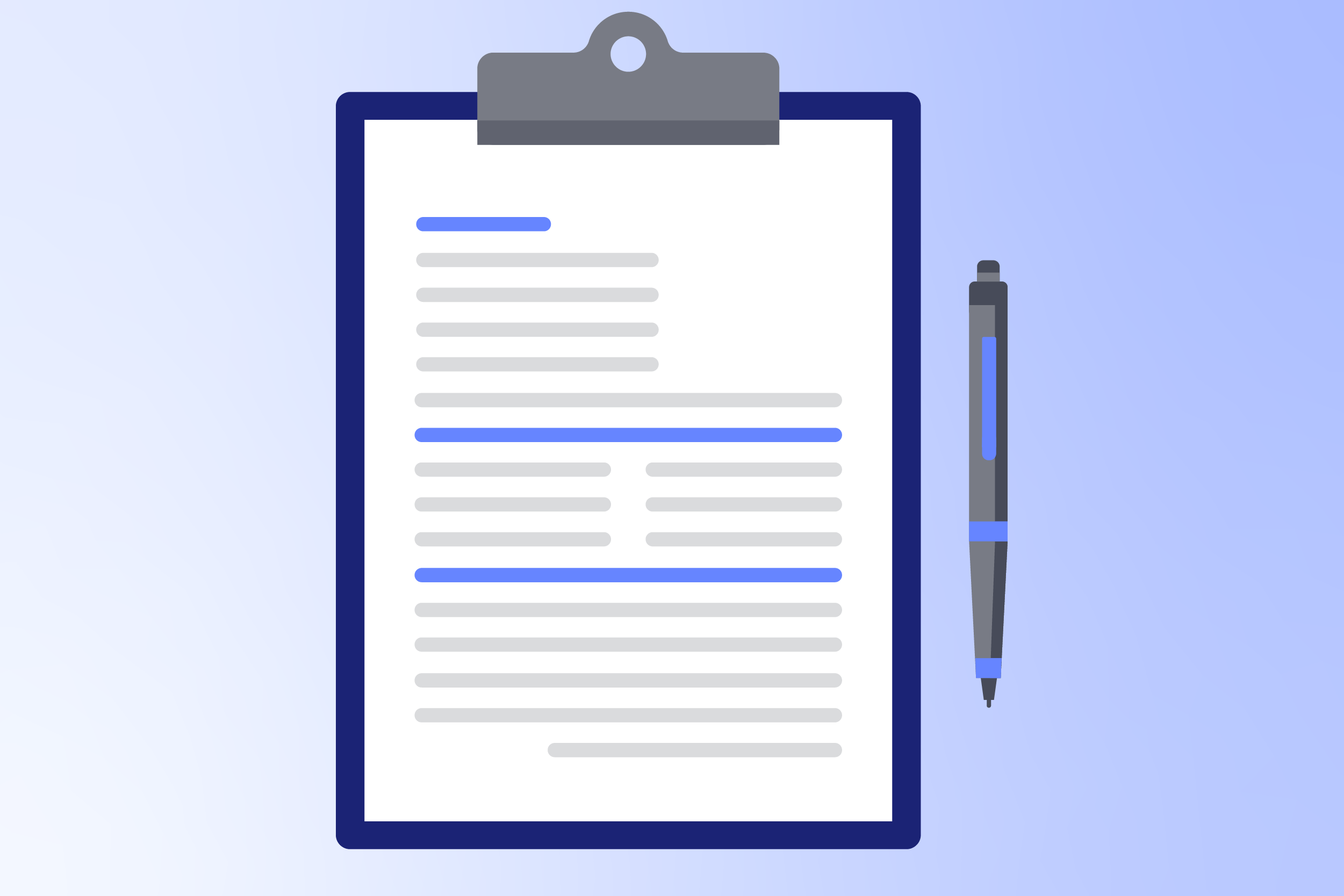How many times have you been busy applying to jobs, come across one that sounds amazing, but opted not to apply at that moment because it required a cover letter? It happens to us all because drafting a cover letter and tailoring it to a specific job is time-consuming. But in doing this, we often forget to return to that job application letter, when we have more time, and ultimately miss out on a potential job because of it.
There is no getting around that cover letters are cumbersome when you’re in the job hunting zone. Many job applications alone take a lot of time, and adding a cover letter to the process of applying to a job can turn a 15-minute process into 30-minutes or more. Still, many companies require a cover letter, so we have to decide to either oblige or take ourselves out of the running for the job before we even enter. Since the latter isn’t exactly ideal (especially if the job is fantastic), it’s worth taking the time to create an outline or draft cover letter that you can simply tailor to each job application, much like you do your resume.
Why Cover Letters?
The most obvious answer to why you should create a cover letter is that they’re required for many job applications. It’s hard enough to get your resume through an applicant tracking system’s (ATS) algorithm. So trying to apply without a cover letter when you’re explicitly asked to include one is just eliminating yourself from the running before you even get a chance.
If something in your resume that you think would raise questions, you can get ahead of it by including a cover letter explaining the situation. Even if the job you’re applying for does not require a cover letter, sometimes it’s in your best interest to include one anyway. Good examples of this include if you’re re-entering the workforce after a career pause, making a career pivot that isn’t obvious from your resume, or if you’re hoping to relocate and your current home address is misleading.
As frustrating as it may be to write (especially when you’re feeling short on time), cover letters can do wonders for you as a job seeker. They allow you the opportunity to show your ability to communicate in the written form, get a little more specific with your work history and goals, and even humanize you since you’re more than just a bullet list of accomplishments.
📖Read more: Smart cover letters follow a simple format that’s all about value and storytelling. Use our cover letter template to help you stand out!
Elements Of An Ideal Cover Letter
Every job is different and a cover letter should be tailored to the position and industry you’re applying to. Some general rules apply to almost every circumstance when it comes to writing your cover letter.
Keep it brief. Your cover letter should not exceed one page in length and be broken up into digestible parts. Yes, one of the benefits of a cover letter is that it allows you to go into more detail than your resume does, but it still needs to get to the point (a potential employer does not need to know your life’s journey that led you to this application). Split it up into three or four paragraphs, each containing two to four sentences.
Follow instructions. For many jobs that require a cover letter, there are instructions for what you should include in it. If that’s the case, make sure you touch on every point that’s listed out before you add anything else in. If hitting all of the requirements maxes you out on page space, just leave it at that because you’re better off cutting out the things you want to share than eliminating information that was specifically asked of you.
Stick to a standard layout. For the most part, cover letters tend to have a similar format no matter the job or industry. Don’t switch this up because if a recruiter or hiring manager is doing a quick scan, paying closer attention to certain parts than others. You want to ensure they’re not inadvertently missing important information because they’re used to a particular layout. Typically, a cover letter’s structure includes a header, date, company contact information, subject line, greeting, opener, middle paragraph(s) with targeted information, closing paragraph, and signature.
💡Pro Tip #1: Use the same header at the top of your cover letter that you use on your resume for cohesiveness.
💡Pro Tip #2: If you’re able to, include an e-signature in your cover letter with your name typed out under it to make it seem more authentic.
Don’t forget your keywords. They are essential to use throughout your resume, and they’re just as important in your cover letter. The difference, though, is that your resume is packed with so much information that you can sprinkle many keywords throughout without it being blatantly obvious or over the top. At the same time, your cover letter is more pointed and will read differently, so it’s essential to use keywords strategically and mindfully. The letter should flow like a conversation, and if cramming keywords into sentences compromises that flow. Instead, you need to either cut down on how many keywords you’re using or rewrite the letter to make the keyword use appear more organic.
Format it correctly. While the general layout of your cover letter will remain the same, the format may not. If you’re submitting it as an attachment, format it as a PDF so that it looks clean and can’t be edited. For applications where you have to copy and paste the cover letter into a text box, you can skip the header with contact information (but keep the date) and subject line. Finally, suppose you’re attaching your resume to an email that is serving as your cover letter. In that case, you can skip the header, date, and subject line (since the email itself will have a subject line) and use your professional email signature instead of a formal signature line.
Cover Letter Examples
Standard Cover Letter
Jane Smith | 1234 Main Street, Springfield, IL | (555)-555-5555 | JaneSmith@gmail.com
[Date]
Contact Name
Title
Company Name
Address
RE: Healthcare Administrative Director Opportunity
Dear Contact Name,
I am writing to express my interest in the Healthcare Administrative Director opportunity at [Company Name]. I have been working in the healthcare industry for more than ten years and hold a Bachelor’s Degree in healthcare administration. I have worked for organizations throughout my career, including [Former Company 1] and [Former Company 2], and served as an Administrative Associate, Assistant to the Chief of Medicine, and Administrative Team Lead.
Currently, I serve as the Department Manager at [Current Company], where I oversee a team of eight employees serving a department of 12 physicians. I am responsible for [relevant experience 1] and [relevant experience 2] within the department, and I report directly to the Vice President of clinical administration. Since starting in this position, I have [accomplishment 1] and [accomplishment 2] to ensure the department’s continued success.
I have attached my resume to this application to provide more information and details on my accomplishments over the years. I believe my experience aligns well with what you are looking for in a Healthcare Administrative Director, and I would love to learn more about the position.
If I can answer any questions or provide you with further information, please let me know. I look forward to hearing back from you soon.
Thank you,
[Signature]
Jane Smith

Career Pivot
Jane Smith | 1234 Main Street, Springfield, IL | (555)-555-5555 | JaneSmith@gmail.com
[Date]
Contact Name
Title
Company Name
Address
RE: Corporate Recruiter Opportunity
Dear Contact Name,
I am writing to express my interest in the Corporate Recruiter opportunity at [Company Name]. I have several years of experience working with new hires and sales, and I believe my skill set aligns well with what you’re looking for in this role.
In recent years, I have been working to transition from my current role as a new hire trainee into recruitment. I have spent the bulk of my career working within the [x] industry and have developed a deep understanding of the business and the many parts that go into making it successful. This, combined with my previous experience in sales at [Past Company], puts me in a position to source top talent and persuade them to come on board.
I have attached my resume to this application to provide more information and details on my accomplishments over the years. I think I am an excellent fit for the Corporate Recruiter role, and I would love to learn more about the position.
If I can answer any questions or provide you with further information, please let me know. I look forward to hearing back from you soon.
Thank you,
[Signature]
Jane Smith

Re-Entry
Jane Smith | 1234 Main Street, Springfield, IL | (555)-555-5555 | JaneSmith@gmail.com
[Date]
Contact Name
Title
Company Name
Address
RE: Healthcare Administrative Director Opportunity
Dear Contact Name,
I am writing to express my interest in the Healthcare Administrative Director opportunity at [Company Name]. I have more than a decade of experience within the healthcare industry and hold a Bachelor’s Degree in healthcare administration. I have worked for organizations throughout my career, including [Former Company 1] and [Former Company 2], and served as an Administrative Associate, Assistant to the Chief of Medicine, and Administrative Team Lead.
Most recently, I served as the Department Manager at [Current Company], where I oversaw a team of eight employees serving a department of 12 physicians. I was responsible for [relevant experience 1] and [relevant experience 2] within the department and reported directly to the Vice President of clinical administration. While in the position, I [accomplishment 1] and [accomplishment 2] ensure the department’s continued success.
I have attached my resume to this application to provide more information and details on my accomplishments over the years. I believe my experience aligns well with what you are looking for in a Healthcare Administrative Director, and I would love to learn more about the position.
If I can answer any questions or provide you with further information, please let me know. I look forward to hearing back from you soon.
Thank you,
[Signature]
Jane Smith

Final Thoughts
The best way to make the cover letter process a little less painful is to create an outline or draft that you can edit and tailor to individual jobs as you go along. Remember, your cover letter is a chance to toot your own horn a little bit and to show some of your personality, so take advantage of this opportunity to set yourself apart from the competition. Unless you’re willing to pass up every job that requires a cover letter as part of its application process, there’s no way of getting around writing one, so you might as well make yourself look good while you’re at it.
Find your fit with The Mom Project
Join The Mom Project to create your talent profile and browse career opportunities from vetted companies that support work and life integration. 



